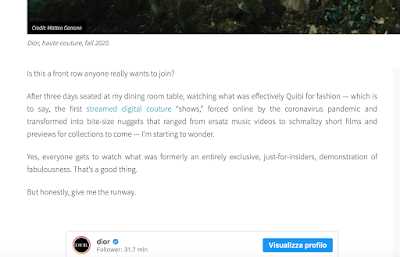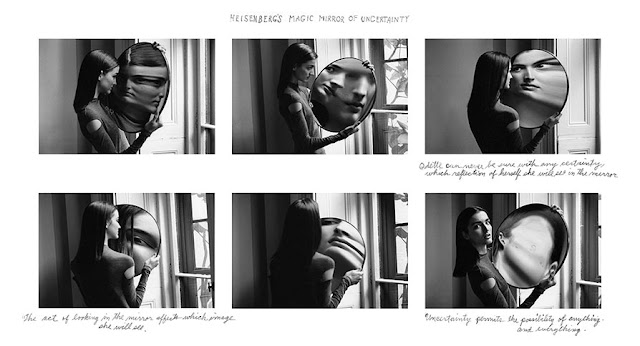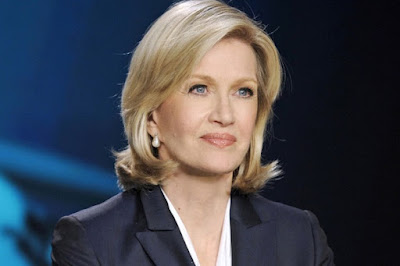Research on Fashion Writing
Fashion, as for most issues can have both news and feature writing. What distinguishes the writing style is the topic chosen. Features have explored topic more in depth and is therefore longer and critical, while news provide shocking and recent events where the audience what to hear the facts.
Examples of fashion news can be brand collaborations, death of models or other fashion icons or perhaps brands going bankrupt (Bradford, 2015). Feature articles in fashion are less common, but papers and magazine such as Vogue, do include feature writing.
My work would fall in the category of a feature article because I will investigate in depth the numerous impacts on the fashion industry brought by covid-19. I have learned the basics of a feature article in the first term, but I believe that this very up-to-date topic will improve my skills. Plus, I have experienced the pandemic and will be able to create a more vivid piece of writing. I have chosen a specific book called Fashion Journalism written by Julie Bradford, that explains writing techniques for features based on fashion so it could provide relevant examples and help me understand better.
Feature article research:
According to Bradford (2015) features need a point, a peg, a treatment, and research.
-A point is the main idea. In relation to my work the main idea would be the transformation/changes in fashion brought by Covid-19.
- A peg is the reason for which the audience should be interested in this topic now. In relation to my work: First of all, the pandemic, and secondly- the recent digital fashion weeks.
- The treatment is how the story is told (what point of view) Eg. the "impersonal third person", "composite interviews" or first person. I believe the best option for my chosen topic would be the "impersonal third person" because the first person allows to establish a connected feeling with the readers, which is important for a feature, but this would mean comparing myself as a person related to the fashion industry, which I am not (I wouldn't be able to achieve the task as I expect). While an "impersonal third person" can still establish a narrative/cinematic introduction without using "I". This style includes interviews, but is not made solemnly by other people's point of view such as the "composite interviews" treatment. That is why I believe the "impersonal third person" the best option for my work.
- Research, both primary and secondary is more frequent than in news stories (Bradford, 2020). Research is a fundamental part of my article as I will involve statistics, an interview, and sources from others in my article.
Vanessa Friedman's work:
For my Contextual Studies module I have chosen to research Vanessa Friedman, the fashion director and chief fashion critic of the New York Times. Her work can be of great help and guidance in the development of my Media Project (2). She discusses a variety of issues in Fashion, both news articles and features. Here is the introduction to one of her features that I looked at:
As expected, Friedman introduces her article with a narrative and descriptive effect. She is aiming to create a visual image in the readers' mind and to convey her feelings at the time, putting the audience inside her perspective. In a feature it is essential to show a story to the reader, "convey impressions in your writing, rather than meaningless adjectives, cliches and woolly phrases" (Bradford, 2015). She doesn't provide all the information at the beginning, instead she wants the reader to follow the story- almost like reaching a climax.
A point, peg and treatment are clearly identified and that is what makes it successful, in addition to an interesting and tempting style of writing.
Sources:
BRADFORD, J (2015) Fashion Journalism. Abingdon: Routledge.
FRIEDMAN, V. (2020) What's Couture With No Runway?. The New York Times Style Magazine: Singapore. [Online] 11th July. Available from: https://www.tsingapore.com/article/digital-couture-fashion-week-dior-chanel [Accessed 16/07/20].
Examples of fashion news can be brand collaborations, death of models or other fashion icons or perhaps brands going bankrupt (Bradford, 2015). Feature articles in fashion are less common, but papers and magazine such as Vogue, do include feature writing.
My work would fall in the category of a feature article because I will investigate in depth the numerous impacts on the fashion industry brought by covid-19. I have learned the basics of a feature article in the first term, but I believe that this very up-to-date topic will improve my skills. Plus, I have experienced the pandemic and will be able to create a more vivid piece of writing. I have chosen a specific book called Fashion Journalism written by Julie Bradford, that explains writing techniques for features based on fashion so it could provide relevant examples and help me understand better.
Feature article research:
According to Bradford (2015) features need a point, a peg, a treatment, and research.
-A point is the main idea. In relation to my work the main idea would be the transformation/changes in fashion brought by Covid-19.
- A peg is the reason for which the audience should be interested in this topic now. In relation to my work: First of all, the pandemic, and secondly- the recent digital fashion weeks.
- The treatment is how the story is told (what point of view) Eg. the "impersonal third person", "composite interviews" or first person. I believe the best option for my chosen topic would be the "impersonal third person" because the first person allows to establish a connected feeling with the readers, which is important for a feature, but this would mean comparing myself as a person related to the fashion industry, which I am not (I wouldn't be able to achieve the task as I expect). While an "impersonal third person" can still establish a narrative/cinematic introduction without using "I". This style includes interviews, but is not made solemnly by other people's point of view such as the "composite interviews" treatment. That is why I believe the "impersonal third person" the best option for my work.
- Research, both primary and secondary is more frequent than in news stories (Bradford, 2020). Research is a fundamental part of my article as I will involve statistics, an interview, and sources from others in my article.
Vanessa Friedman's work:
For my Contextual Studies module I have chosen to research Vanessa Friedman, the fashion director and chief fashion critic of the New York Times. Her work can be of great help and guidance in the development of my Media Project (2). She discusses a variety of issues in Fashion, both news articles and features. Here is the introduction to one of her features that I looked at:
As expected, Friedman introduces her article with a narrative and descriptive effect. She is aiming to create a visual image in the readers' mind and to convey her feelings at the time, putting the audience inside her perspective. In a feature it is essential to show a story to the reader, "convey impressions in your writing, rather than meaningless adjectives, cliches and woolly phrases" (Bradford, 2015). She doesn't provide all the information at the beginning, instead she wants the reader to follow the story- almost like reaching a climax.
A point, peg and treatment are clearly identified and that is what makes it successful, in addition to an interesting and tempting style of writing.
Sources:
BRADFORD, J (2015) Fashion Journalism. Abingdon: Routledge.
FRIEDMAN, V. (2020) What's Couture With No Runway?. The New York Times Style Magazine: Singapore. [Online] 11th July. Available from: https://www.tsingapore.com/article/digital-couture-fashion-week-dior-chanel [Accessed 16/07/20].




You have used someone here that you have also used for your research in contextual studies - you need to be very careful that you are not repeating yourself here as we cannot mark something twice so you need to be sure that you are seperating your work in the different modules
ReplyDelete